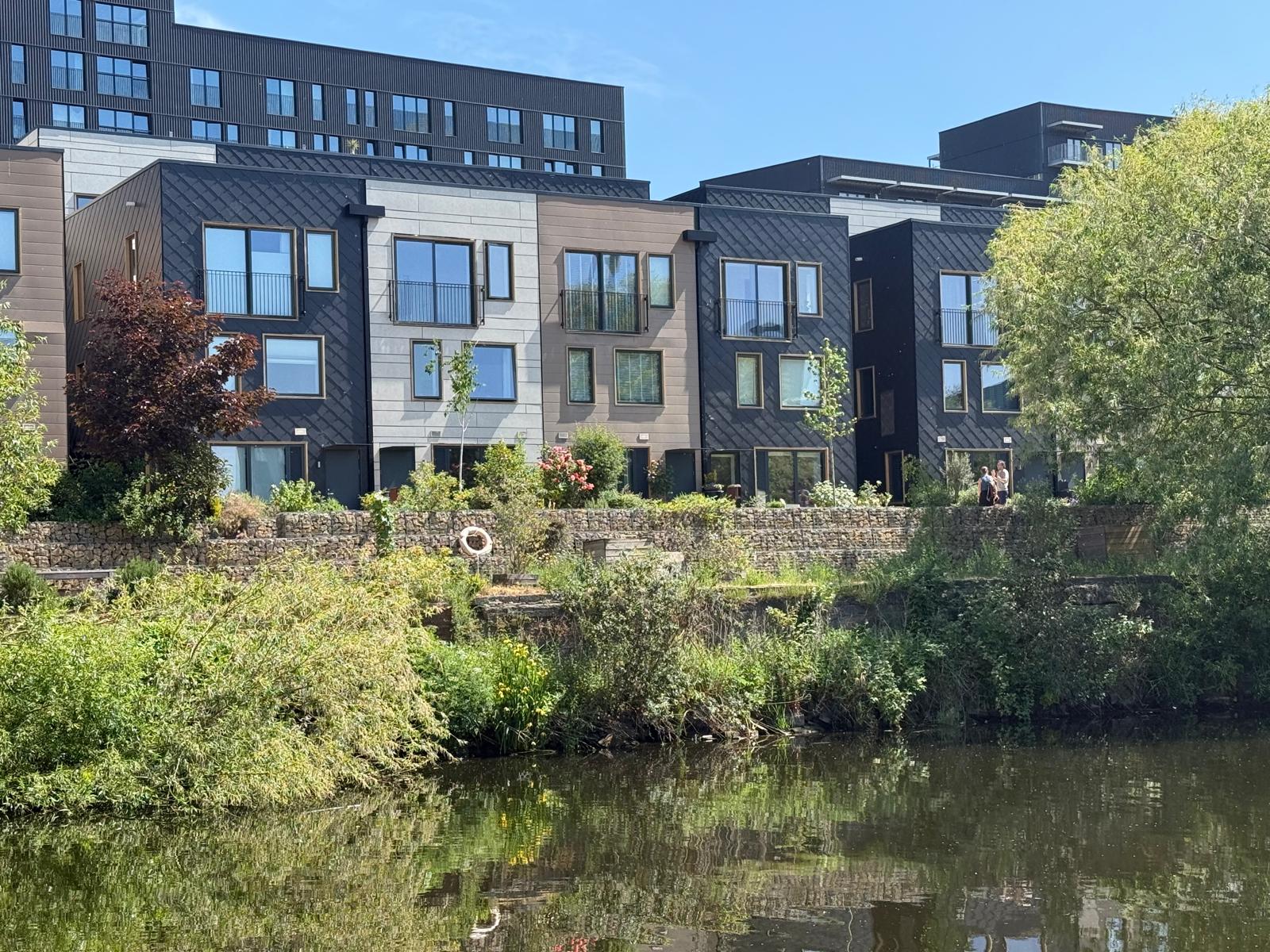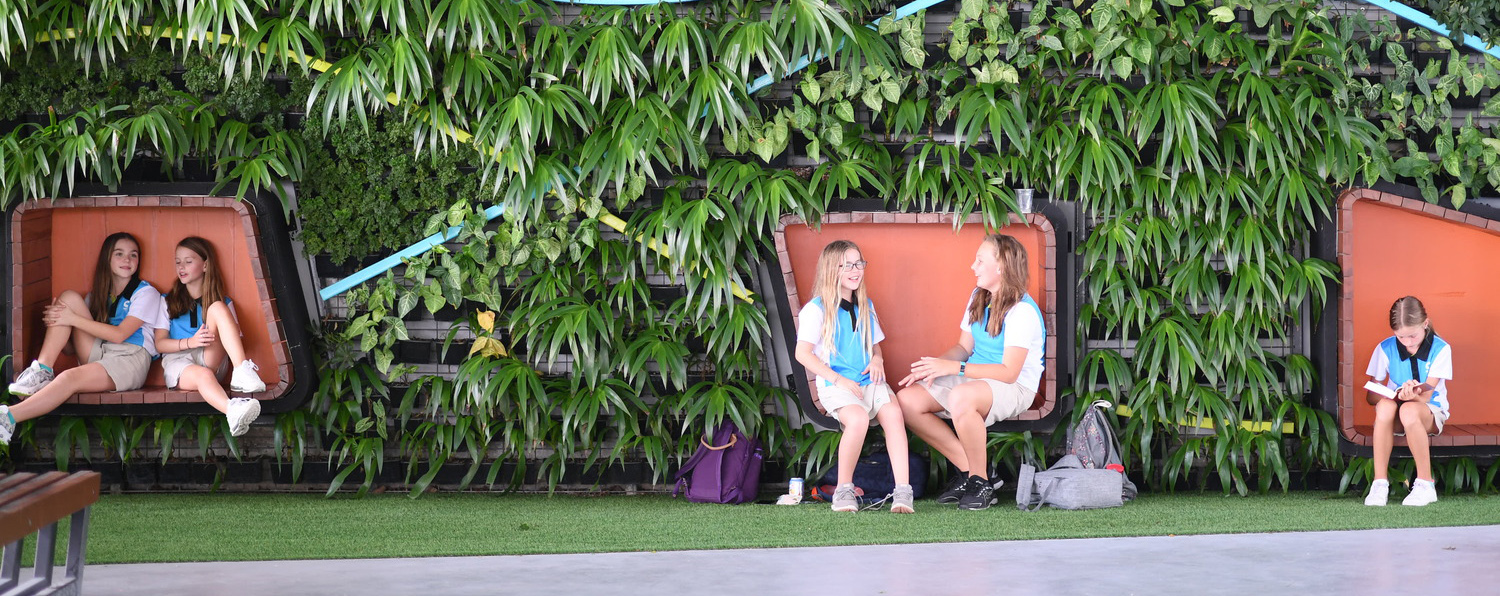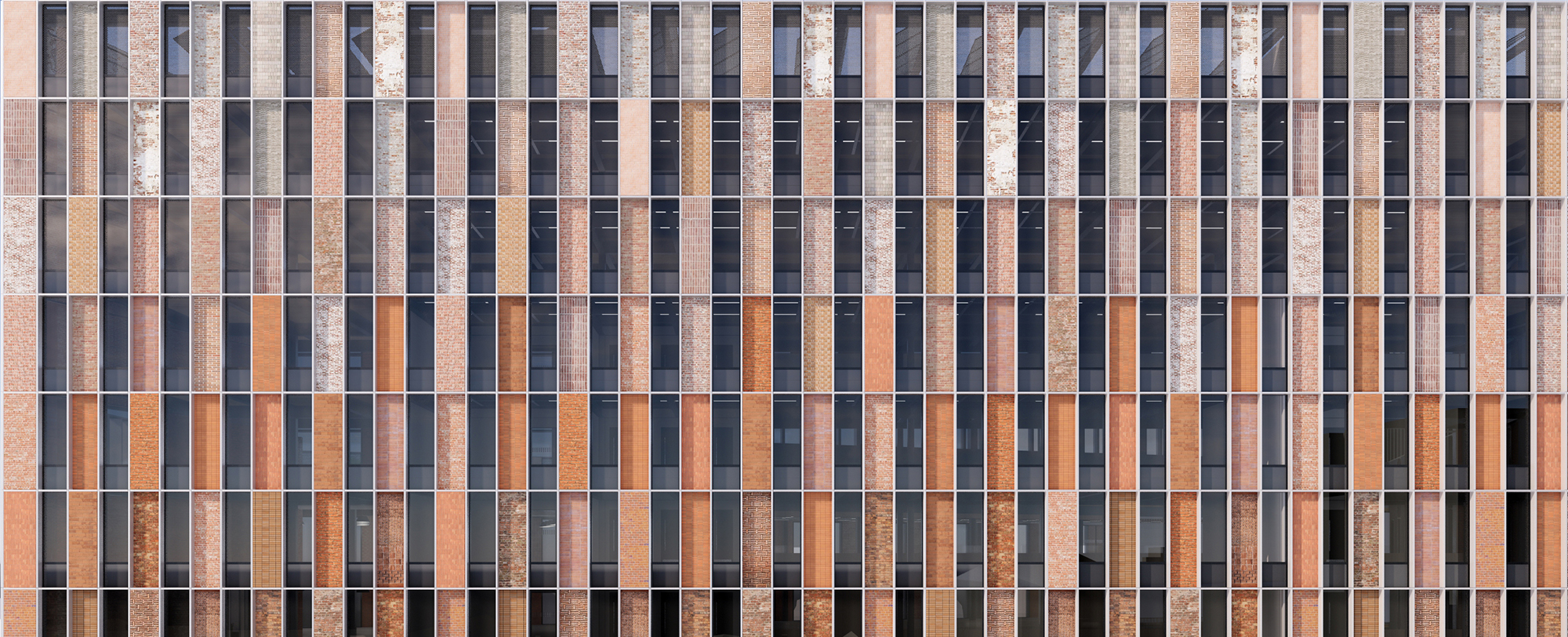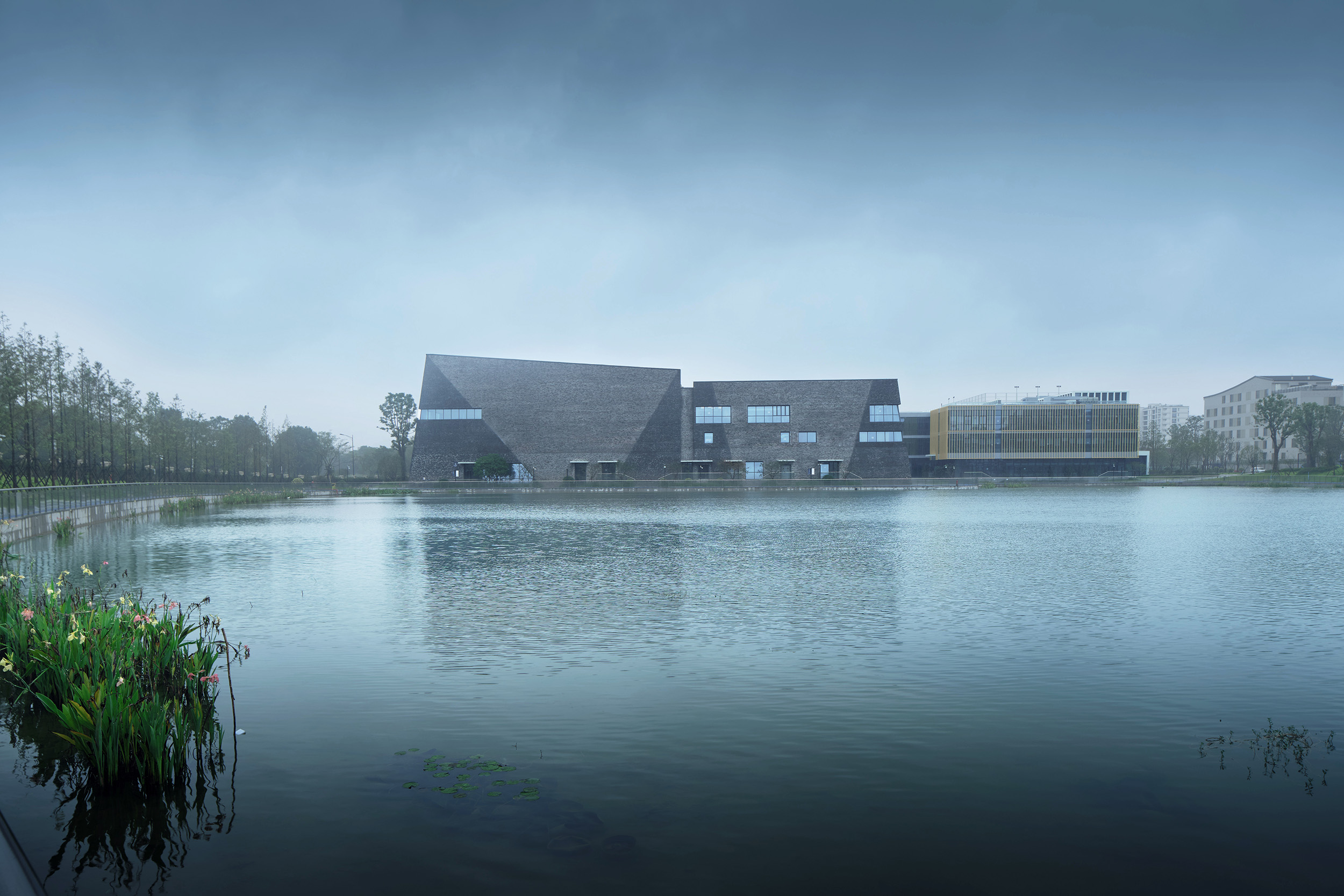Place is a Learning Environment
We believe education is the foundation of culture. Learning environments can be found in places across every sector, not only those dedicated to education.
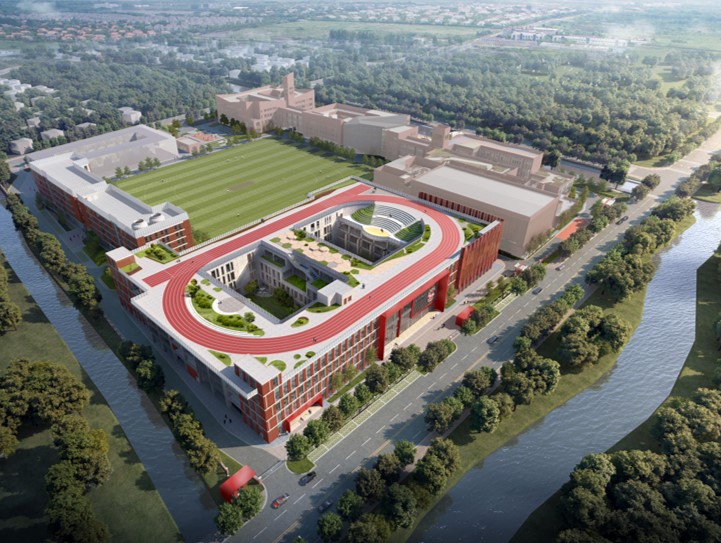
This proposition has been founded over 20 years of developing experiences for holistic education, where every place in a school, college or university is a learning environment. For Dulwich College in Shanghai their school restaurant is an opportunity to explore the culinary culture of a dish. Each dish has an associated art, literature, or historic architecture from which we expressed parallels.
For Wycombe Abbey in Hangzhou a new type of student residential for Chinese Bilingual schools mirrors the pastoral activity-based settings from top international boarding schools and presented an architectural pattern that was carried through the campus. This defined the campus’s broad sense ofplace from a physical perspective. A key building identity drew from the geology of the site, and as with the representation of an imported emblem in reclaimed local material for Dulwich College in Shanghai, it was devised as a learning tool for the students. We believe this level of meaning and activity-based approach to architecture generates a narrative beyond just aesthetics and function.
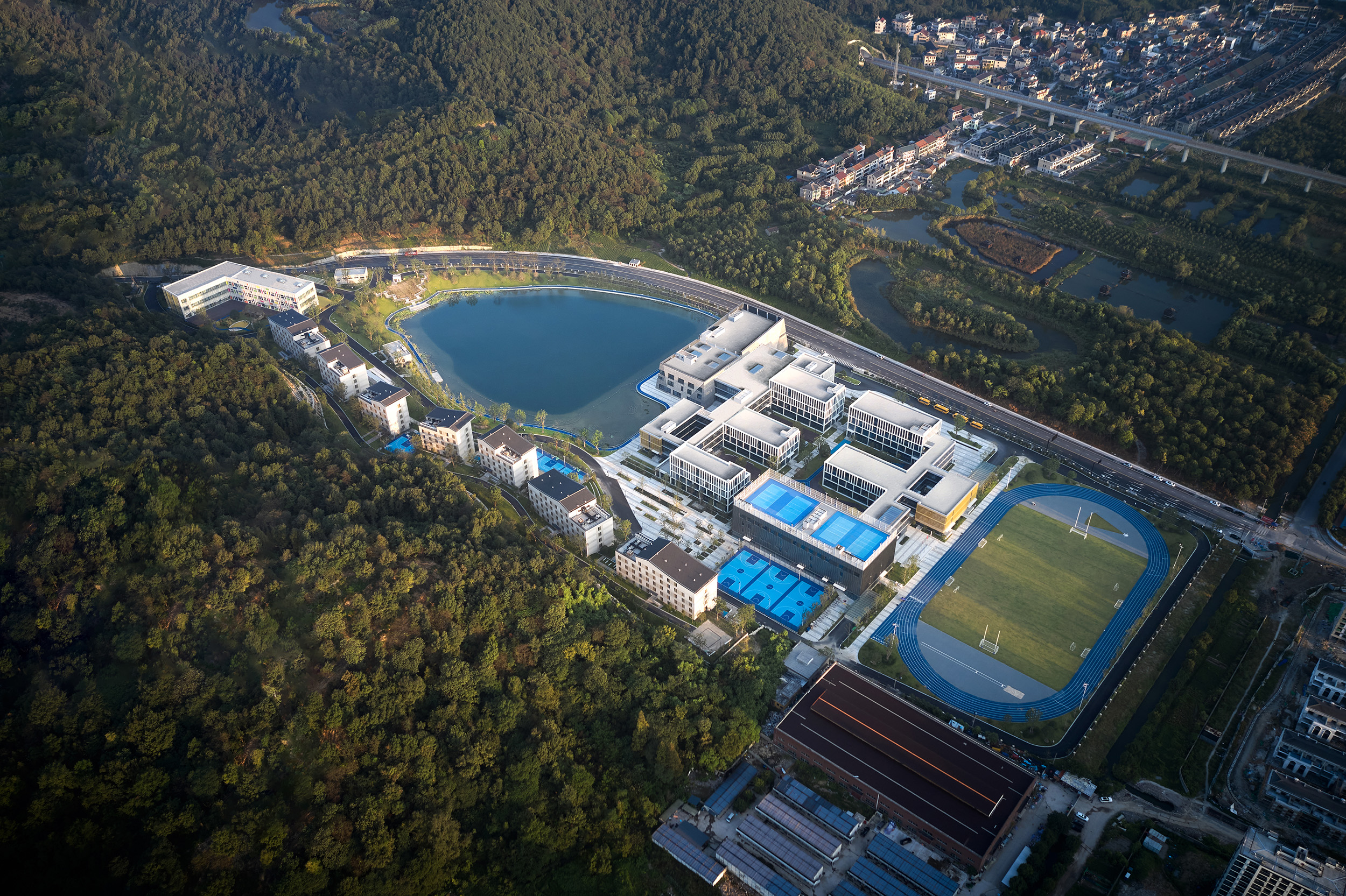
For Fettes College we took the thinking further and delivered a streetscape through the campus, with places for sports, dining, and community interaction, off which residential and hospitality buildings also provided places for care and wellbeing. Each experience was a learning place, and an example of how a modern high street could be re-imagined.
Our larger education campuses are a microcosm of a whole city. As we develop research by design that stems from workshops with University Estates professionals, we consider places for people to live and learn through sports, the sciences, the arts and literature. We plan to approach all design in a way that draws on this principle to deliver something truly unique for developers of workplaces, homes and communities as well as places for education.
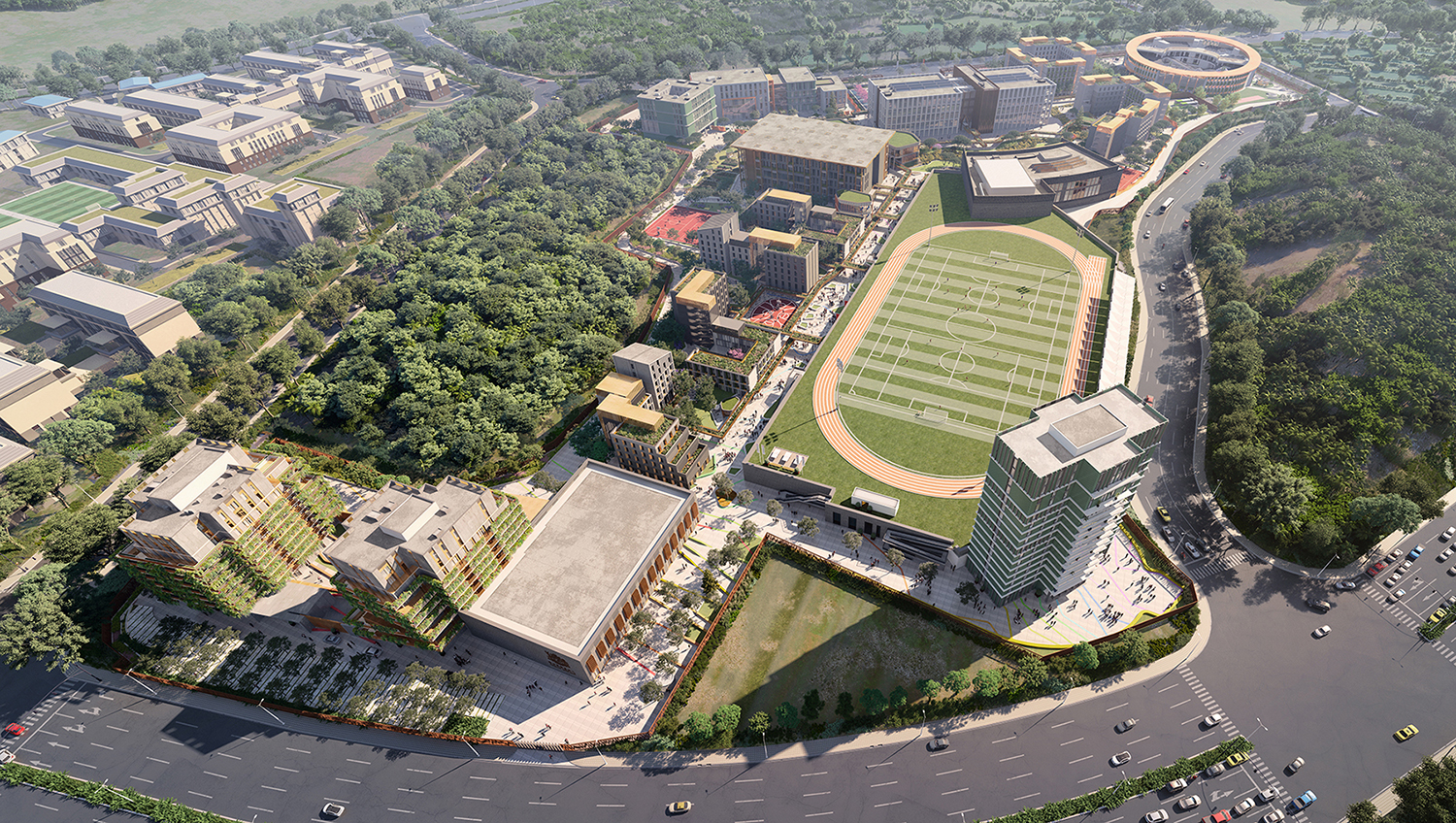
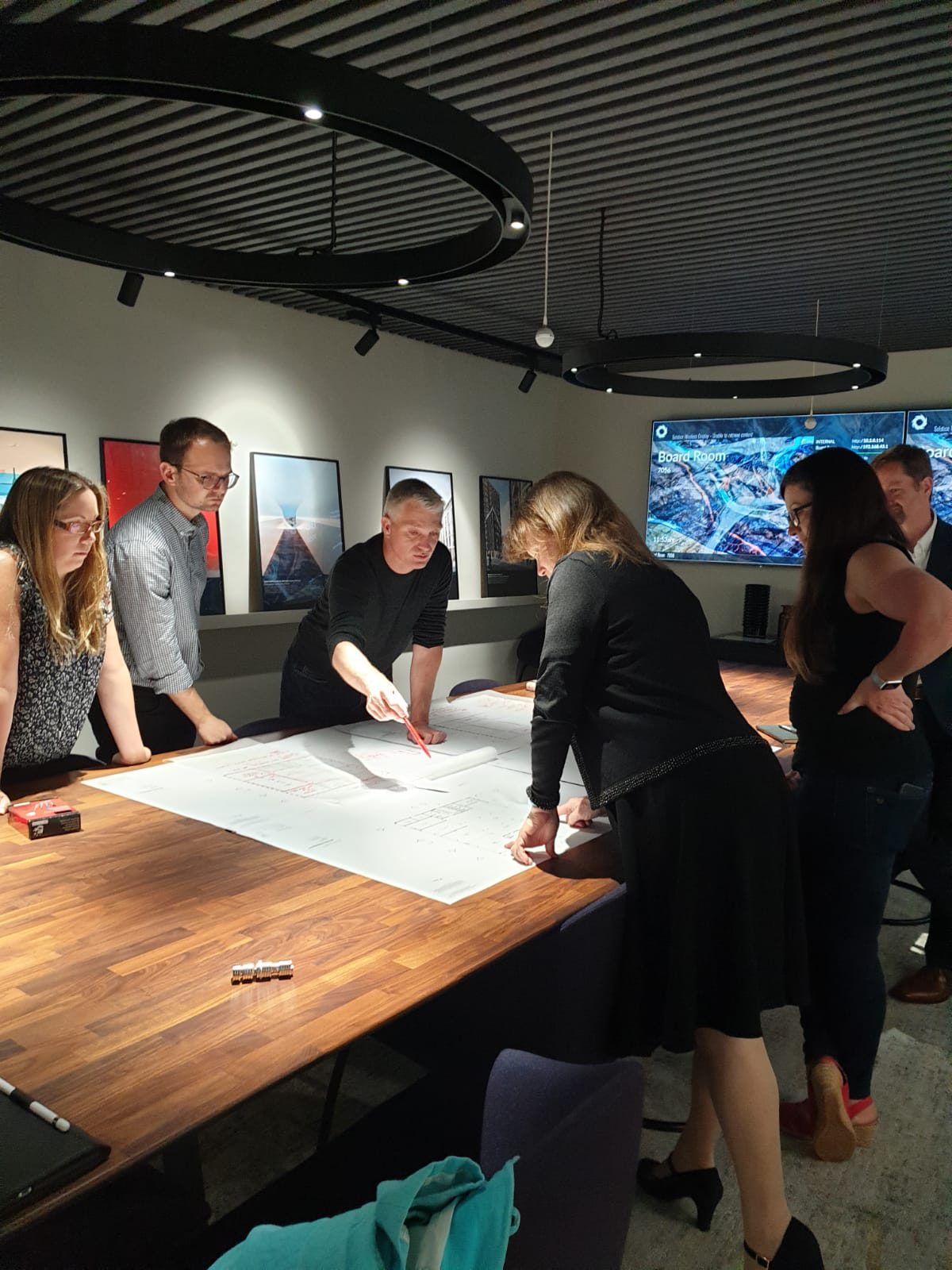
Places that educate inspire the people that occupy them. We believe that people’s surroundings should enable their creativity and productivity.
When re-imagining the Masterplan for UNNC we determined that people create an imprint of their activity on any environment that in turn creates culture. Communities, in every sense, use places that people collectively resonate with. Research environments are all around us, if we question the “how and why”, as we experience a place. In dialogue with academics and users of a temporary incubator, our activity-based planning captured the diverse nature of places that were required for the new UNNC Innovation Incubator building and how the protection of IP is critical for many start-ups. We worked with the estates team to generate a flexible building that answered these points and determined how a building could provide workplace postures in environments filled with light, or dark, that were loud, or quiet, warm or cold. The building itself asks questions of its onlooker, the activity-based design and bioclimatic environmental design response to the site provided a new identity for the campus and altered the sense of place for the city quarter.
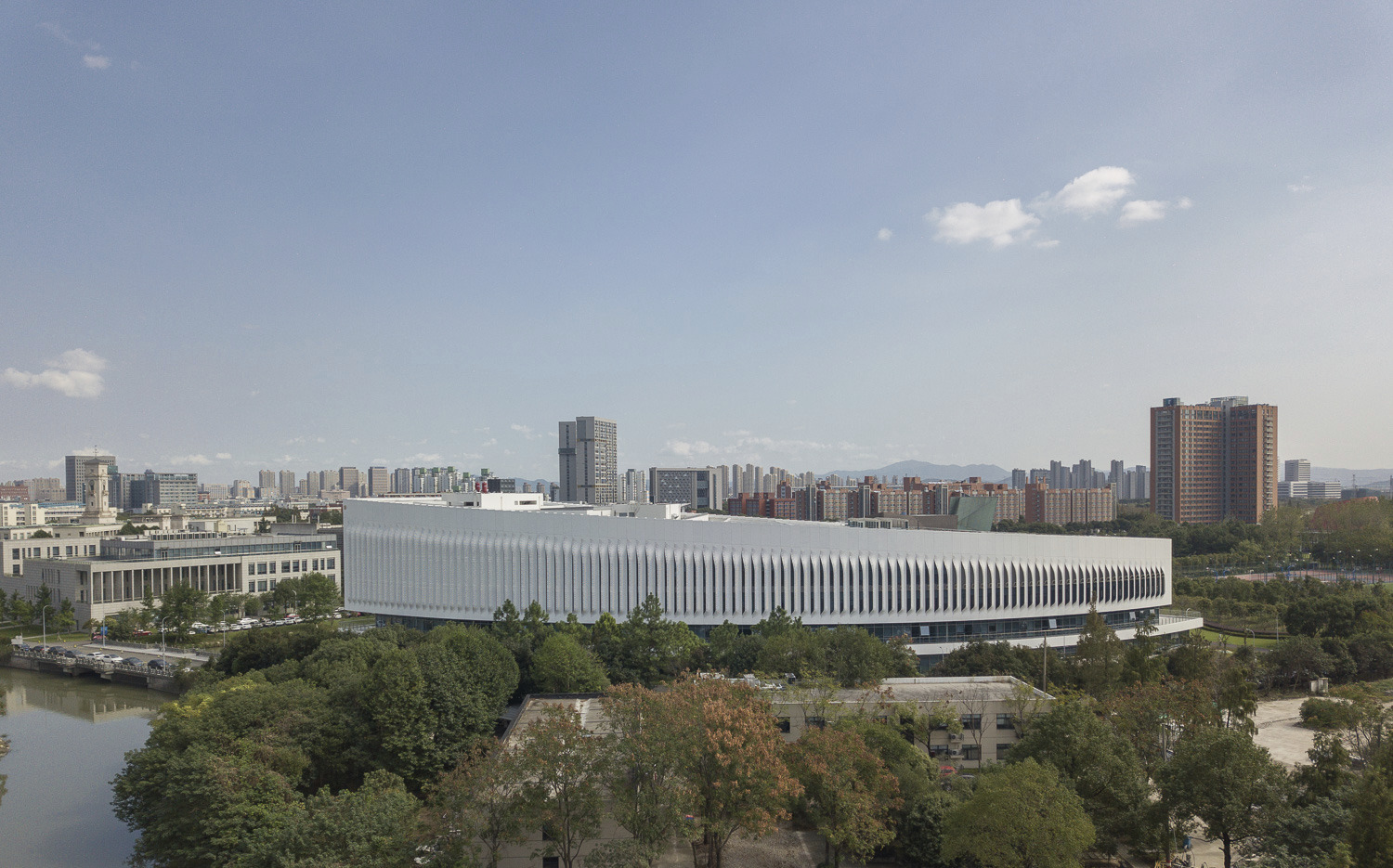
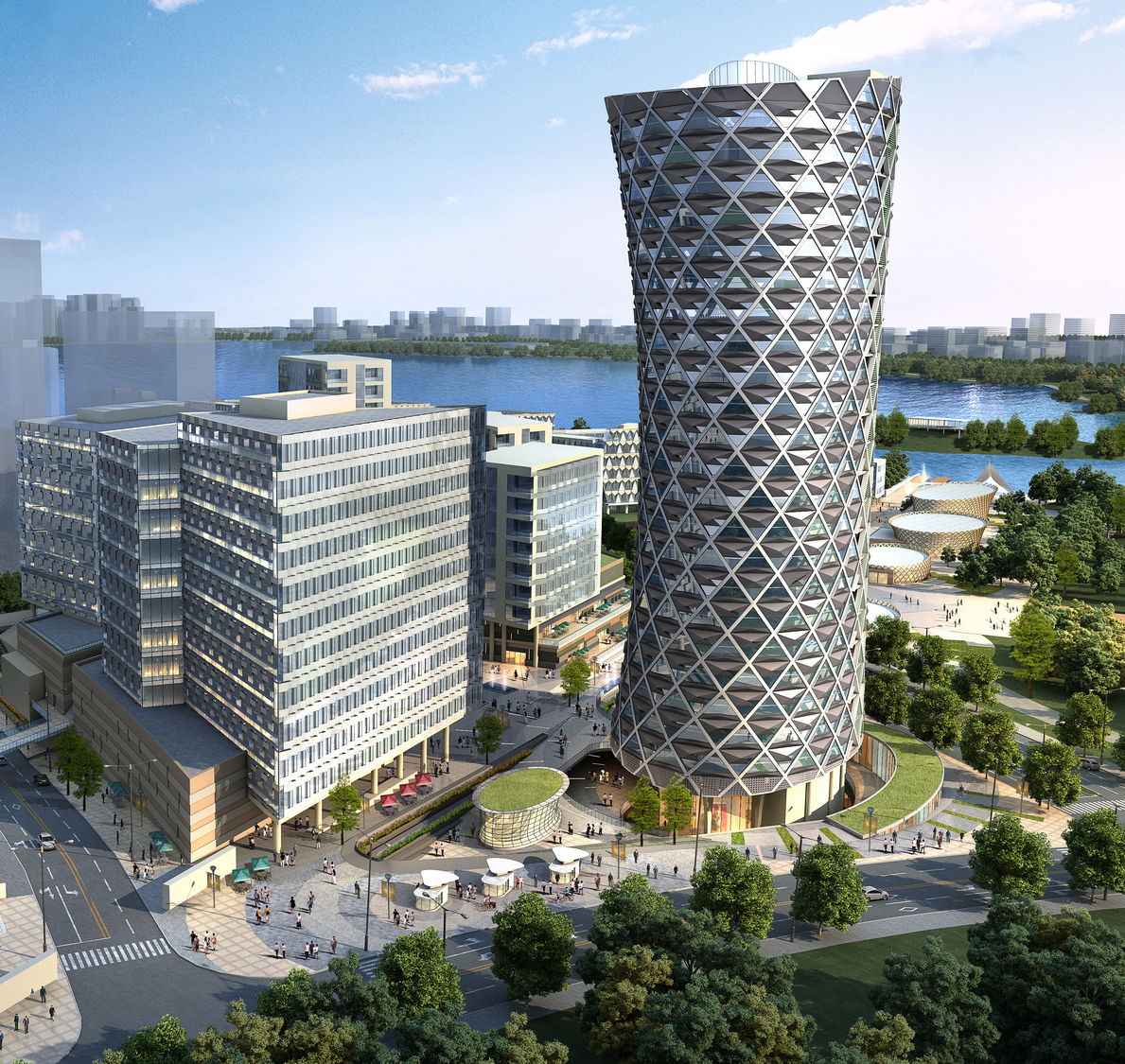
By considering any place as a notional learning environment, we can design it to gain maximum input for optimum output.
We are working with our affiliated partners at KAMPUS to consider international schools from an activity perspective, rather than being defined only as a series of “standard” classrooms with supporting facilities. Studio Hoodless are also working to apply this strategy to inspire designs for most places including those driven by residential and workplace as we have previously done on competition winning designs for Chengdu’s Creative Quarter and Q development’s Salford Steps Residential tower.
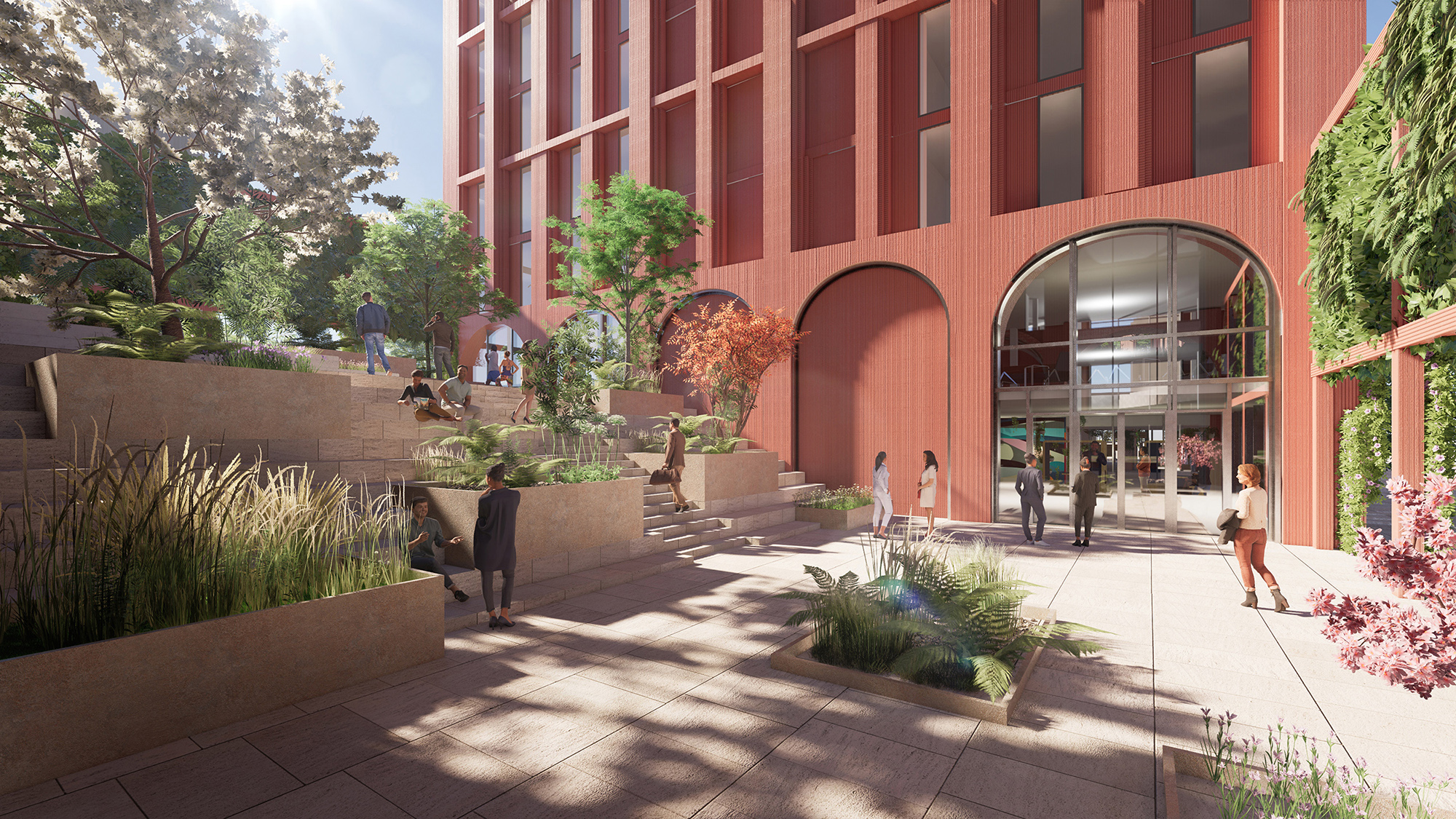
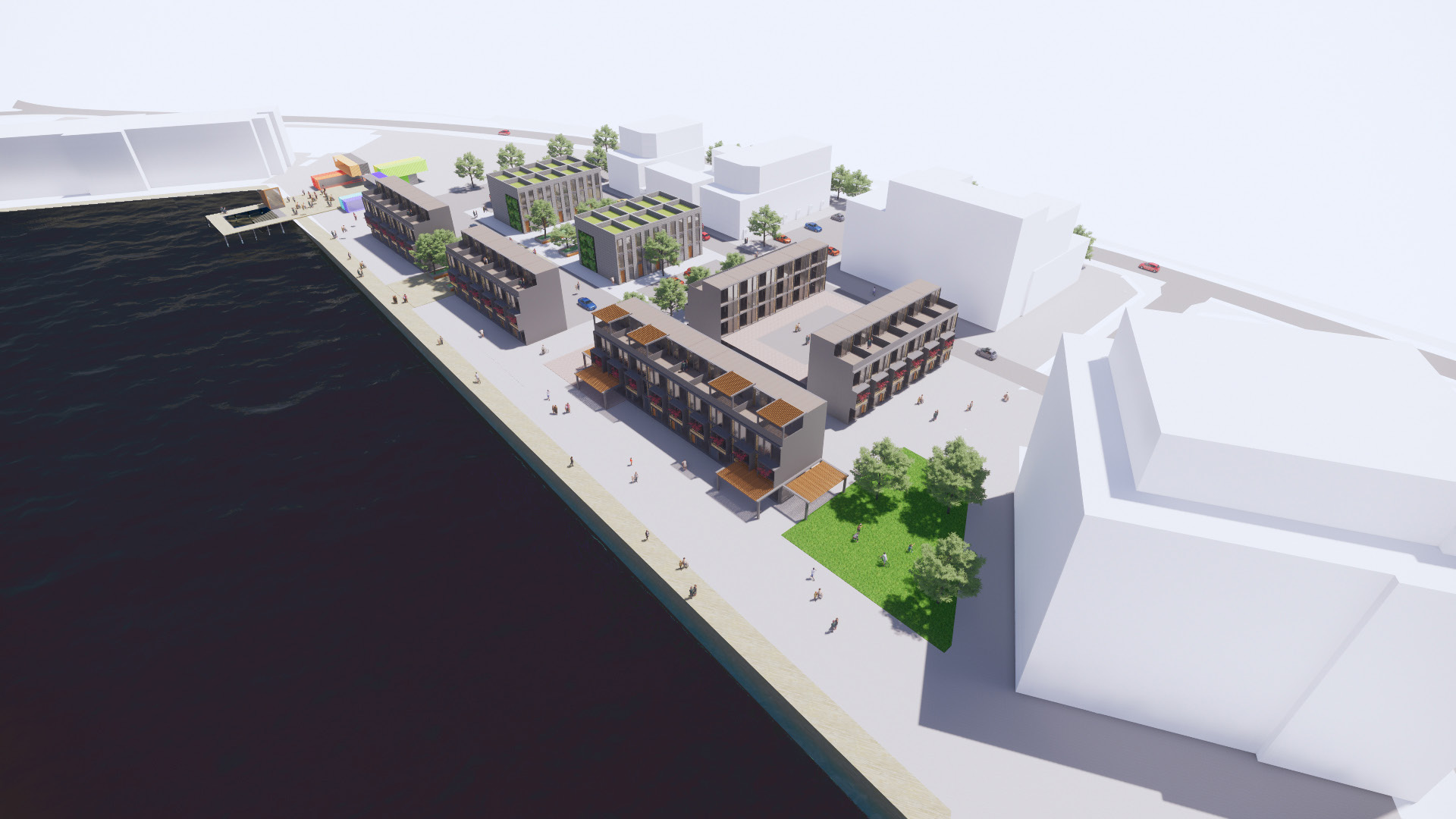
We recognise that each building type has its metrics and understand most very well. However, when we developed an architectural kit by Broadway Malyan in dialogue with colleagues, a Residential district in Middlesboro for BCEGI was designed with places for people to explore, engage with the edges, the water and the view, all continually changing with the seasons so people learn about their new place as they interact with it.
Studio Hoodless is actively engaged in research by design for a number of projects to explore this proposition further, connect to explore further.
More Bright Ideas
Our portfolio is the story of our bright ideas to date, raising questions for further research by design and experimentation.
Our Manifesto
Our ambition is to devise and nurture solutions to global problems and make sustainable places for everyone.


